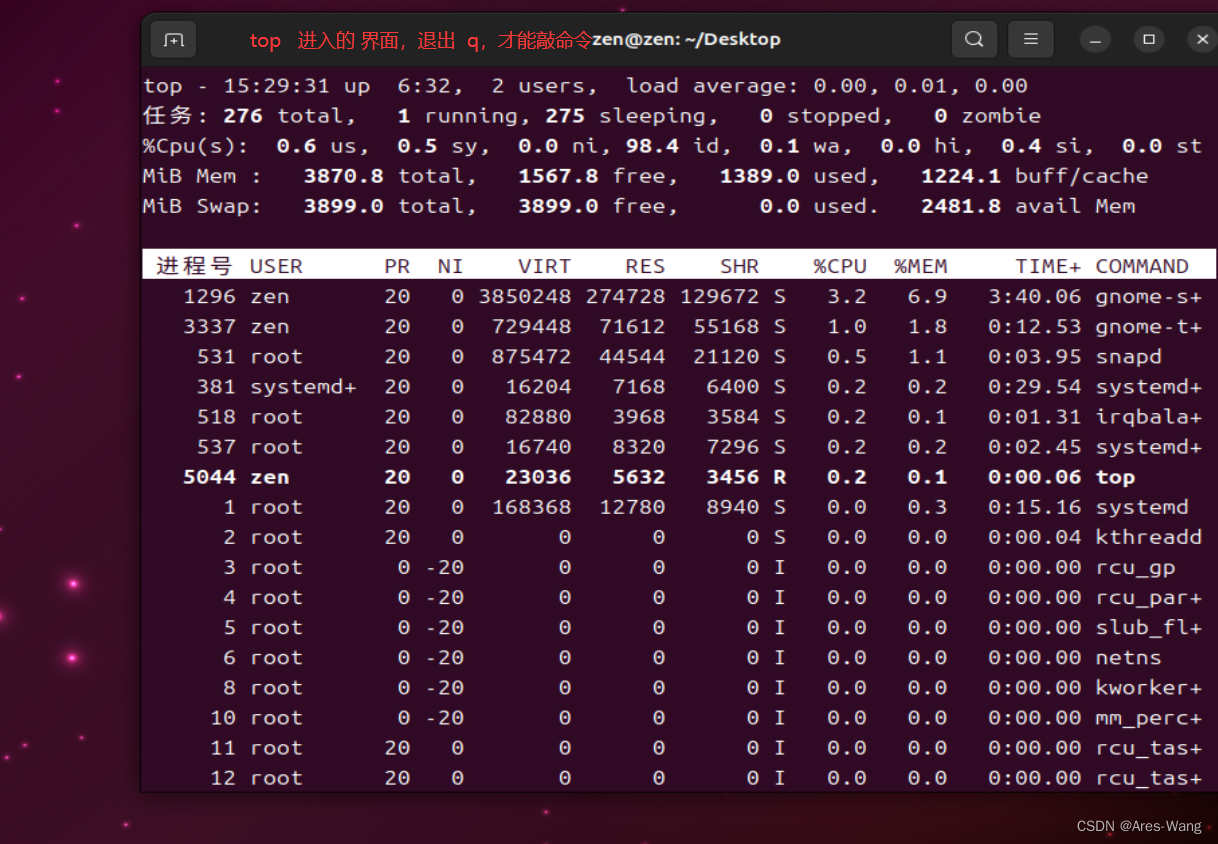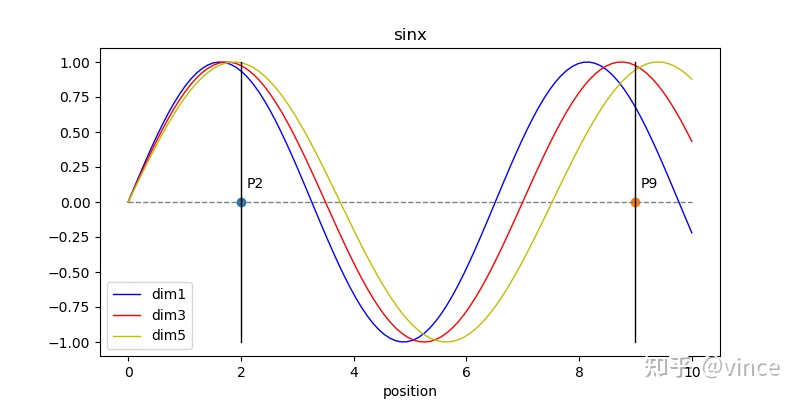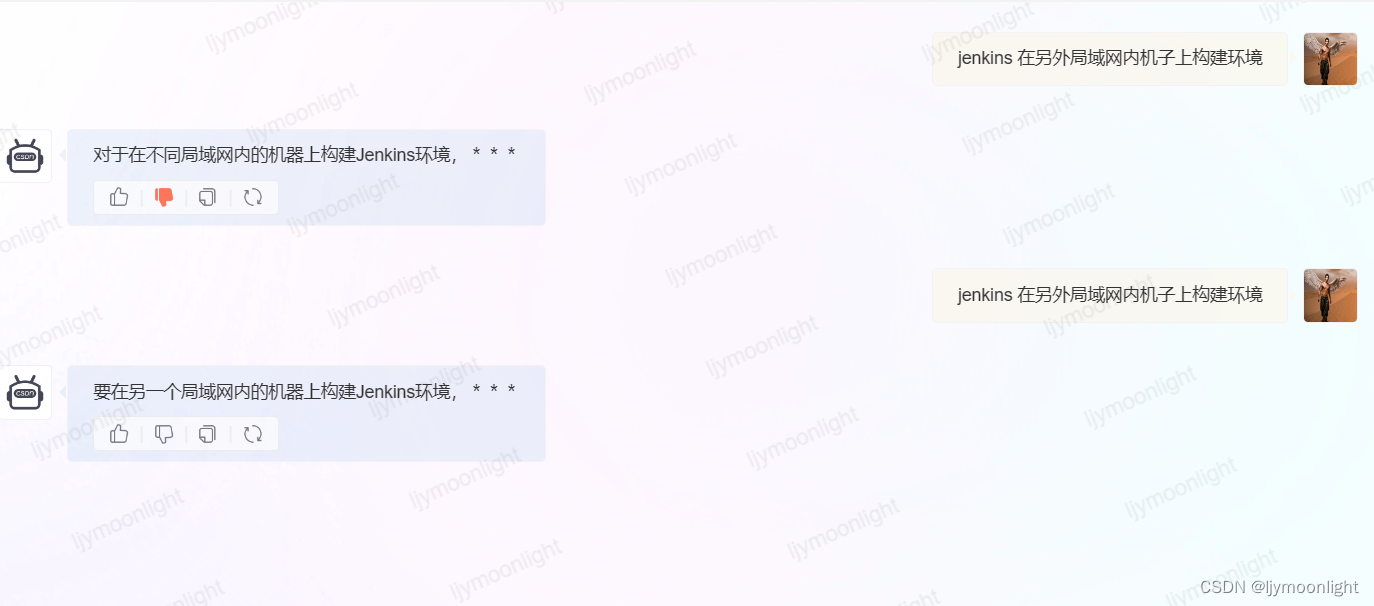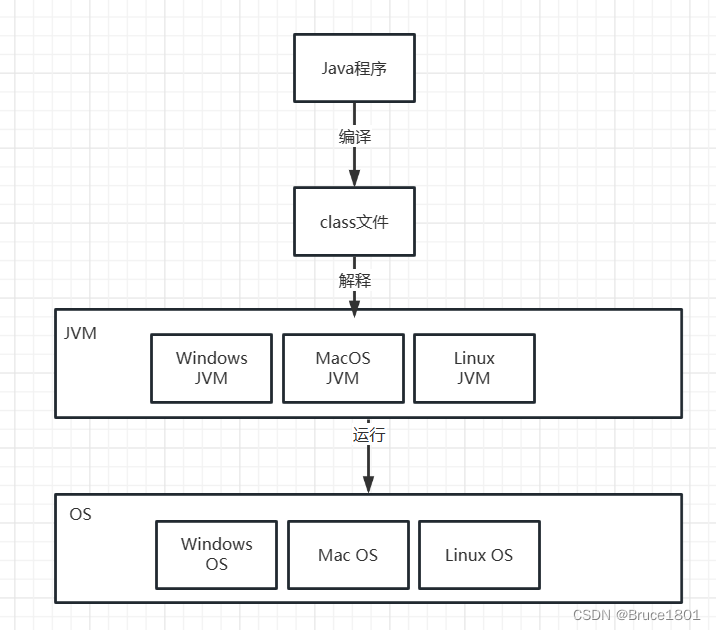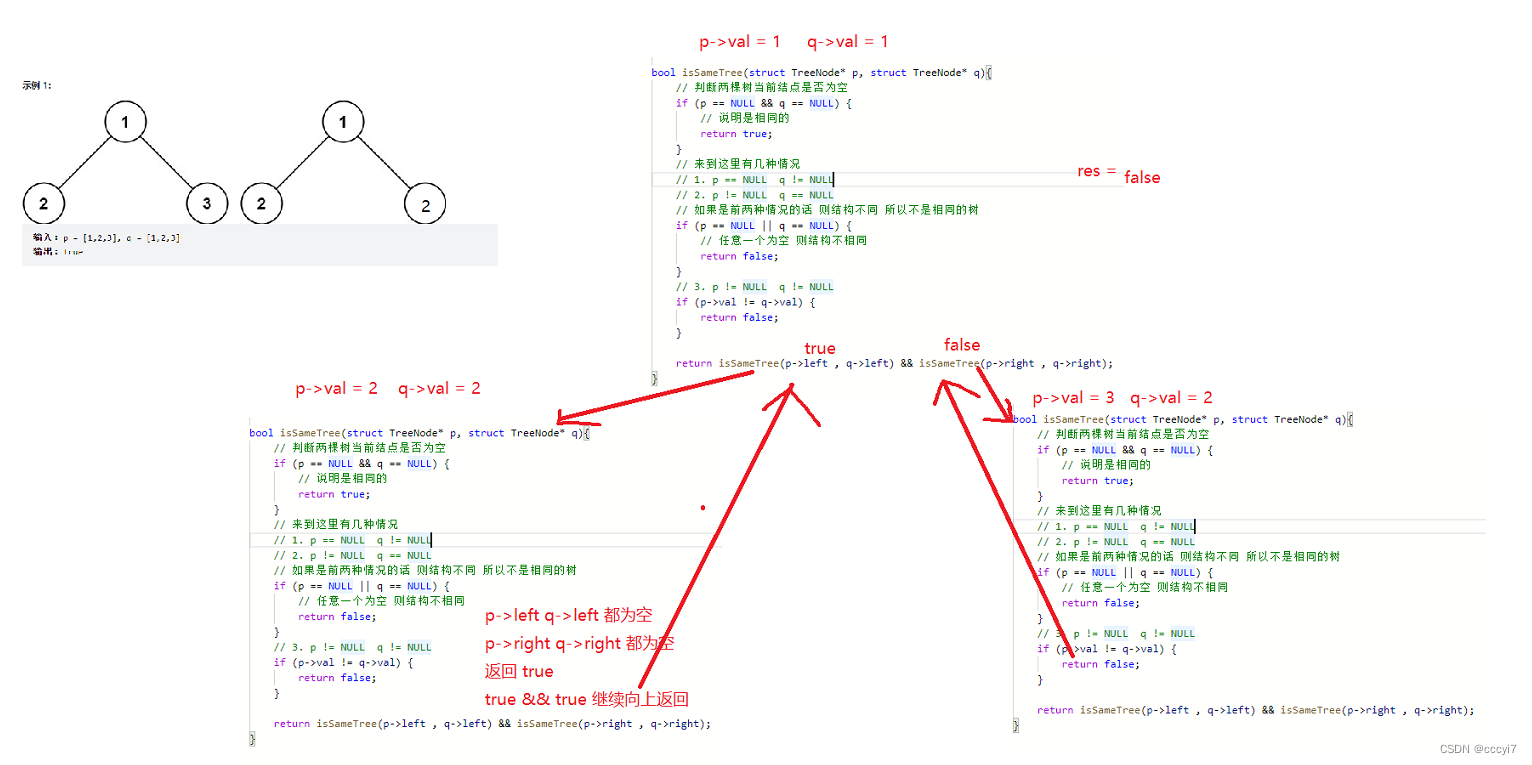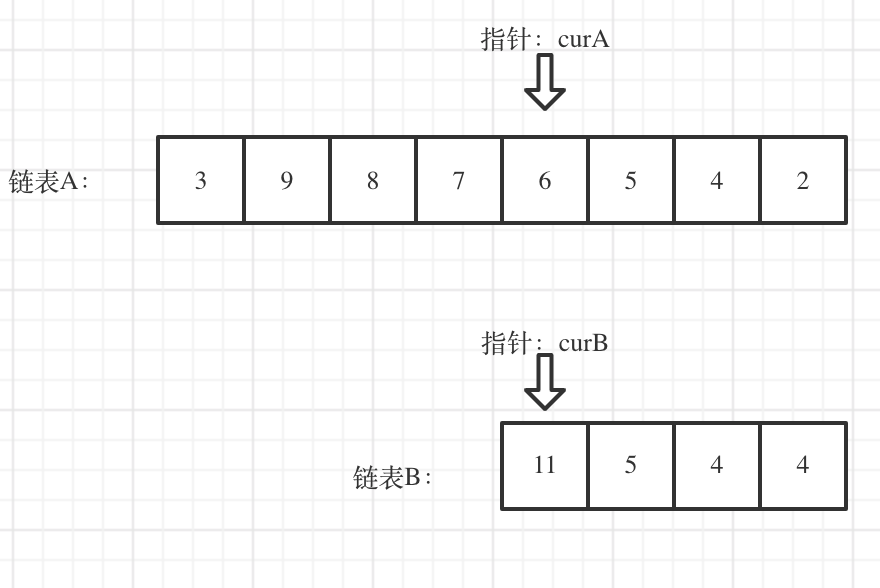hi,大家好,好久不见今天为大家带来框架相关的知识
文章目录
- 🌸1.框架
- 🥝1.1为什么要学习框架
- 🌸2.框架的优点
- 🥝2.1采用servlet创建项目
- 👀2.1.1缺陷
- 🥝2.2采用SpringBoot创建项目
- 👀2.2.1优势
- 🌸3.Spring是什么
- 🥝3.1 容器
- 🥝3.2 Ioc
- 🥝3.3 IOC容器
- 🥝代码理解IOC和传统开发的区别
🌸1.框架
🥝1.1为什么要学习框架
之前的学习我们都没有接触过框架,所有的代码都需要我们自己写,而有了框架,我们只需要写部分代码,框架更加易用简单高效
🌸2.框架的优点
我们先采用SpringBoot和Servlet来对比
使用SpringBoot项目演示框架相对于使用servlet具有的优点
1.不用配置Tomcat,点击运行就行,因为Spring Boot内置了Tomcat
2.可以快速添加jar包(不用再到中央仓库复制粘贴)
3.快速发布项目(采用java -jar)就能发布
4.对象自动装配
还有很多优点,我们之后会进行详细的讲解,今天就先简单心里有个数
🥝2.1采用servlet创建项目
我们之前以及学习过了servle项目的创建
步骤为以下七步
🌻🌻🌻1.创建项目
🌻🌻🌻2.引入依赖
🌻🌻🌻3.创建目录
🌻🌻🌻4.编写代码
🌻🌻🌻5.打包程序
🌻🌻🌻6.部署程序
🌻🌻🌻7.验证程序
具体内容详见链接: http://t.csdn.cn/h9Xs8
👀2.1.1缺陷
我们由上述步骤可以看到很繁琐,
- 添加外部 jar 不⽅便,容易出错,⽐如添加了⼀个不匹配的外部 jar 版本;
- 运⾏和调试的时候需要配置 tomcat 不⽅便;
- 发布不⽅便,servlet 项⽬必须依靠外置的 tomcat(外置的 web 容器)运⾏。
- 路由配置不⽅便,⼀个访问地址对应⼀个 Servlet 类。
但是采用springboot可以解决这些问题
🥝2.2采用SpringBoot创建项目
我们现在就来创建一个springboot项目让大家来感受一下
我们就先不详细介绍创建springboot的创建步骤了,后面再详细说
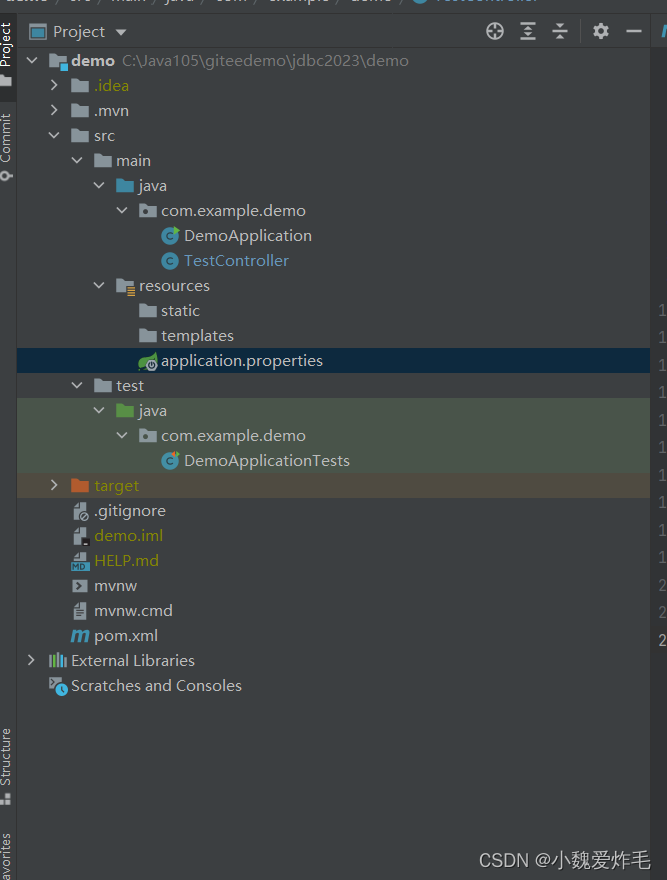
这个就是当一个springboot项目创建好以后展示的画面,我们在绿色的Java中创建一个TestController类
package com.example.demo;
import org.springframework.stereotype.Controller;
import org.springframework.util.StringUtils;
import org.springframework.web.bind.annotation.RequestMapping;
import org.springframework.web.bind.annotation.ResponseBody;
@Controller //当前类为控制器
@ResponseBody //返回的是数据,而非页面
public class TestController {
@RequestMapping("/hi") //url 路由
public String shaHi(String name) {
if (!StringUtils.hasLength(name)) {
name = "张三";
}
return "你好:" + name;
}
}
要怎么运行呢,非常简单,点击三角符号,就可以运行了



上浏览器查看是否验证是否成功

成功了!
👀2.2.1优势
1.调试项⽬更加⽅便,⽆需配置 Tomcat
2.添加外部 jar 更容易,不易出错(版本问题⽆关注)
3.发布项⽬更加⽅便,⽆需配置 Tomcat
4.添加路由更加⽅便,⽆需每个访问地址都添加⼀个类,servlet是一个类对应一个URL,而springboot是一个方法对应一个URL
🌸3.Spring是什么
Spring是Spring Framework(Spring框架),这是一个开源框架
一句话来说,Spring是包含了众多工具方法的IOC容器
什么是容器?什么是IOC?什么是IOC容器?
🥝3.1 容器
容器是容纳物品的装置容器还是很通俗易懂的嘛,我们之前其实学过一些容器,数据结构里的List,Map,这些属于数据存储容器,还有Tomcat也会容器,属于Web容器
🥝3.2 Ioc
Inversion of Control,控制权反转
即对象的生命周期不由程序员/代码控制,而是由Spring(ioc容器)控制
🥝3.3 IOC容器
IOC容器就是控制权反转容器,以前使用对象要new,现在不用new了,只需要去spring(IOC容器)中去取,拿过来直接用
🥝代码理解IOC和传统开发的区别
我们就拿造一台车来举例

这几个部件存在依赖关系
写代码
public class Car {
private Framework framework;
public Car(){
this.framework=new Framework();
}
public void init(){
System.out.println("执行Car的init方法");
framework.init();
}
}
public class Framework {
private Bottom bottom;
public Framework(){
this.bottom=new Bottom();
}
public void init(){
System.out.println("执行Frameworkd的方法");
bottom.init();
}
}
public class Bottom {
private Tire tire;
public Bottom(){
this.tire=new Tire();
}
public void init(){
System.out.println("执行Bottom的init方法");
tire.init();
}
}
public class Tire {
public int size=10;
public Tire(){
}
public void init(){
System.out.println("执行tire方法 size"+size);
}
}
public class Test {
public static void main(String[] args) {
Car car=new Car();
car.init();
}
}
执行结果
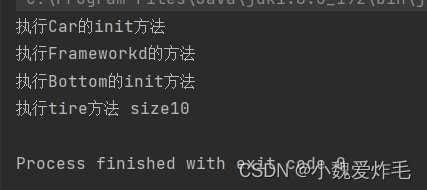
当轮胎尺寸变化,比如要变成30,每一个代码都要改
public class Tire {
public int size=10;
public Tire(int size){
this.size=size;
}
public void init(){
System.out.println("执行tire方法 size"+size);
}
}
public class Bottom {
private Tire tire;
public Bottom(int size){
this.tire=new Tire(size);
}
public void init(){
System.out.println("执行Bottom的init方法");
tire.init();
}
}
public class Framework {
private Bottom bottom;
public Framework(int size){
this.bottom=new Bottom(size);
}
public void init(){
System.out.println("执行Frameworkd的方法");
bottom.init();
}
}
public class Car {
private Framework framework;
public Car(int size){
this.framework=new Framework(size);
}
public void init(){
System.out.println("执行Car的init方法");
framework.init();
}
}
public class Test {
public static void main(String[] args) {
Car car=new Car(30);
car.init();
}
}
我们只是对Tire类里的构造方法加了一个属性,就会导致所有代码都出现问题,这就是牵一发而动全身,代码的耦合性太高了,那么我们采用IOC容器来解决这个问题
public class Car {
private Framework framework;
public Car(Framework framework){
this.framework = framework;
// framework = new Framework();
}
public void init(){
System.out.println("Car init");
framework.init();
}
}
public class Framework {
private Bottom bottom;
public Framework(Bottom bottom){
this.bottom = bottom;
}
public void init(){
System.out.println("Framework init");
bottom.init();
}
}
public class Bottom {
private Tire tire;
public Bottom(Tire tire){
this.tire = tire;
}
public void init(){
System.out.println("Bottom init");
tire.init();
}
}
public class Tire {
private int size = 15;
public Tire(int size){
this.size = size;
}
public void init(){
System.out.println("Tire init, Size:"+size);
}
}
public class Test {
private Tire tire;
private Bottom bottom;
private Framework framework;
private Car car;
public Test(){
this.tire = new Tire(12);
this.bottom = new Bottom(this.tire);
this.framework = new Framework(this.bottom );
this.car = new Car(this.framework);
}
public static void main(String[] args) {
Test test = new Test();
test.car.init();
}
}
我再想修改我就在IOC容器里面修改,和那些调用代码无关,我只是调用你,我不管你内部的属性啊啥的,与我无瓜~~~
总结:IOC优点
1.控制权反转:对象的生命周期由spring(IOC容器)控制,不由代码或者程序员控制
2.实现解耦(松耦合),就拿这个车的例子可以看出
今天的讲解就到此结束,我们下期再见,886~~



![知识普及:[18F]FB RGD,18F标记RGD多肽,tumor显像剂,](https://img-blog.csdnimg.cn/img_convert/49a83842e6a5d8067c8288e7acd1f983.jpeg)

